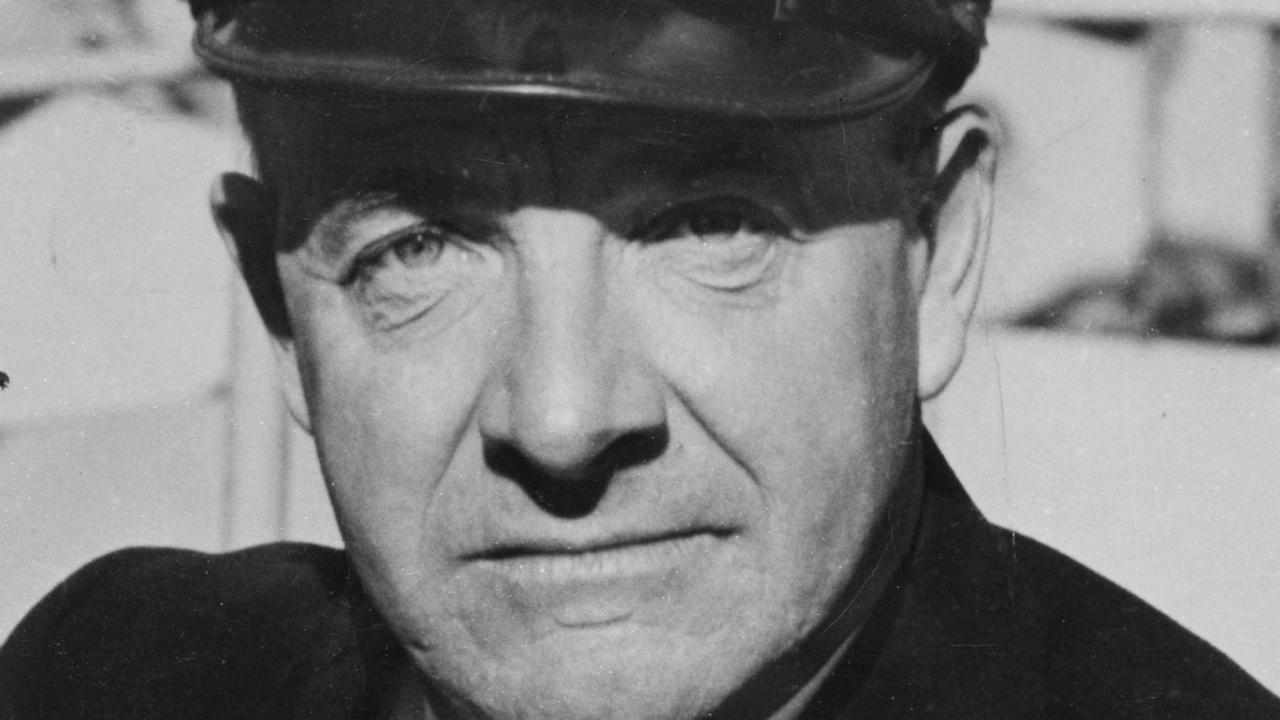Australian bullet could have stopped Hitler at battle of Fromelles
The battle of Fromelles cost Australia its highest number of casualties in a 24-hour period but achieved nothing.

Today in History
Don't miss out on the headlines from Today in History. Followed categories will be added to My News.
To the young German soldier looking across no man’s land they would have looked just like any other British soldiers. But what Corporal Adolf Hitler probably didn’t know was that these troops, fighting in the battle of Fromelles, were Australians.
On the other side the Australians had no idea this soldier would later lead his country into a second global conflict. It has often been said that if only one of the Australians had better aim, history would have been altered.
Fromelles was the first major action fought by Australian troops on the Western Front in WWI. Fighting alongside the British, it saw the Australian Army’s worst-ever toll of casualties over a 24-hour period and all but ruined the reputation of one Australian commander.
After two weeks of fighting, things were not going well in the great Somme offensive, which had been launched by the British and French on July 1, 1916. The Germans lines had proven tougher to break through than anticipated by General Douglas Haig.
With the possibility that the Germans might bring down more troops from the north, Haig devised a diversionary attack at a German salient (bulge in the lines) known as the Sugar Loaf, north of the Somme front in the French commune of Fromelles.

During the planning stages the Fromelles operation went from being a mere show of force with artillery pounding German trenches to a full-fledged attack, with troops trying to take the trenches. It ended up a mix of both, creating problems with the execution of the muddled plans.
The plan was that the British 61st division, under Lieut-General Richard Hacking, would be responsible for half of the 4200m of front while the newly arrived Australian 5th Division would cover the rest.
The Australian troops were commanded by Irish-born former Australian politician Major-General James McCay. He had served at Gallipoli, where he had his leg broken by a bullet, and also in Egypt. where he had been unfairly blamed for mistreating his troops after a transport blunder not of his making forced him to march them across the desert in punishing conditions.
McCay was determined to prove himself as a battle commander, the first to lead an Australian division into battle on the Western Front. Although McCay had many experienced veterans from Gallipoli and Egypt, as a unit the 5th was still untested and relatively inexperienced.

Among the Gallipoli veteran officers was Brigadier General Harold “Pompey” Elliott, who had been wounded on the first day of Gallipoli but returned to take part in the battle of Lone Pine. Elliott was critical of the plans for Fromelles, believing the 400m stretch of no-man’s land that had to be covered by troops opposite the Sugar Loaf was a suicidal distance.
Despite his objections, and after several delays, the attack was launched a century ago today, following a seven-hour artillery bombardment that failed to destroy the German defences.
At 6pm the troops went over the top. While the troops were able to capture about 1000m of frontline trenches, Elliott’s predictions proved correct. The failure to capture the Sugar Loaf meant the Germans mowed down the British and Australian troops.
While some first and second line trenches were captured, the objective, a third line of trenches, didn’t even exist. The Germans launched counter-attacks and the British and Australians fought desperately to hold their ground.

Hitler was a 27-year-old non-commissioned officer in the 16th Bavarian Reserve Regiment, mainly acting as a dispatch runner. It is not known exactly where he was stationed but since he was on the move he could have been dodging Australian bullets.
A planned second attack on the Sugar Loaf was cancelled too late for the Australians, who launched another disastrous assault. By the morning it was clear the attack was a failure and the remaining British and Australians scrambled back across no-man’s land.
The Australians had sustained 5533 casualties (dead and wounded), with about 400 taken prisoner. The British lost 1547. The Germans had only lost about 1000 men, with 140 captured.
McCay was somewhat unfairly held to blame for the debacle, suffering criticism from Elliott, who said McCay “would cheerfully sacrifice thousands of lives to get his name in the paper”. McCay became increasingly unpopular with the troops and was relieved of duty in January 1917, officially on health grounds.
Originally published as Australian bullet could have stopped Hitler at battle of Fromelles



